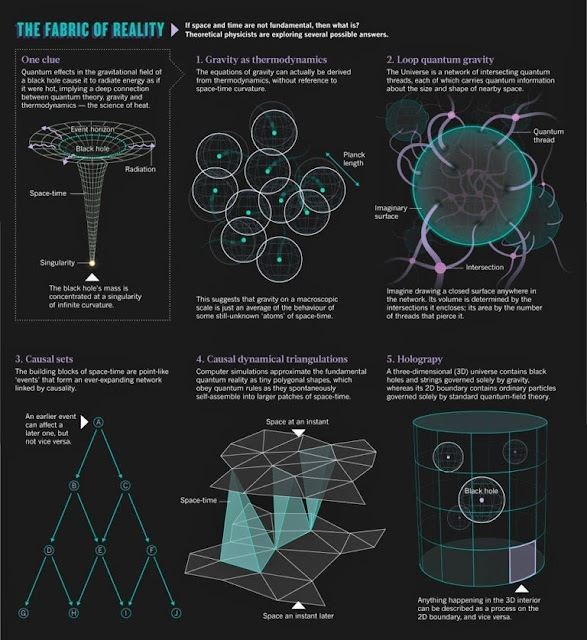History of the center of the universe
History of the center of the Universe
Figure of the heavenly bodies — An illustration of the Ptolemaic geocentric system by Portuguese cosmographer and cartographer Bartolomeu Velho, 1568 (Bibliothèque Nationale, Paris), depicting Earth as the centre of the Universe.
The center of the Universe is a concept that lacks a coherent definition in modern astronomy; according to standard cosmological theories on the shape of the universe, it has no center.
Historically, the center of the Universe had been believed to be a number of locations. Many mythological cosmologies included an axis mundi, the central axis of a flat Earth that connects the Earth, heavens, and other realms together. In the 4th century BCE Greece, the geocentric model was developed based on astronomical observation, proposing that the center of the Universe lies at the center of a spherical, stationary Earth, around which the sun, moon, planets, and stars rotate. With the development of the heliocentric model by Nicolaus Copernicus in the 16th century, the sun was believed to be the center of the Universe, with the planets (including Earth) and stars orbiting it.
In the early 20th century, the discovery of other galaxies and the development of the Big Bang theory led to the development of cosmological models of a homogeneous, isotropic Universe (which lacks a central point) that is expanding at all points.





Comments
Post a Comment